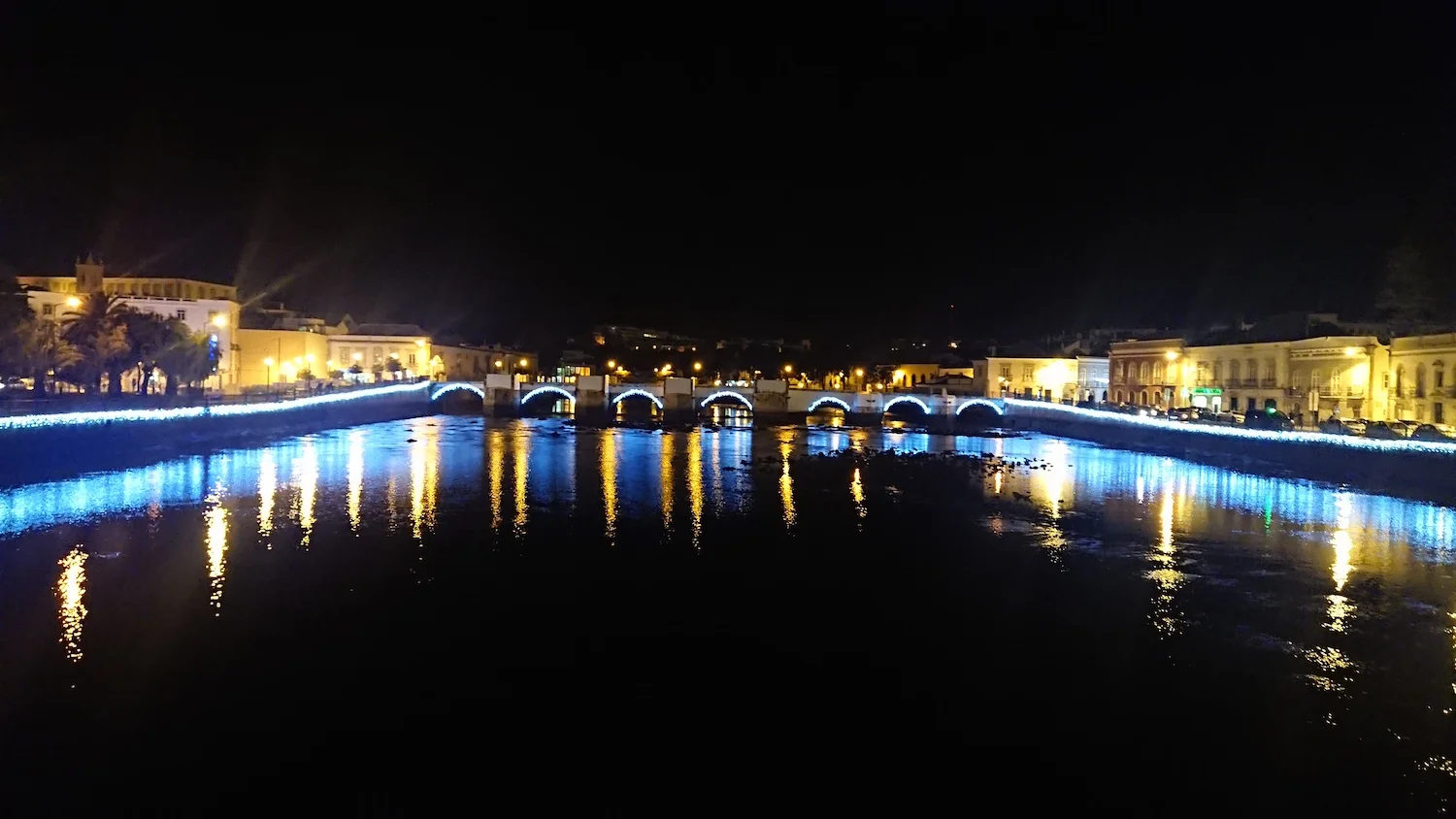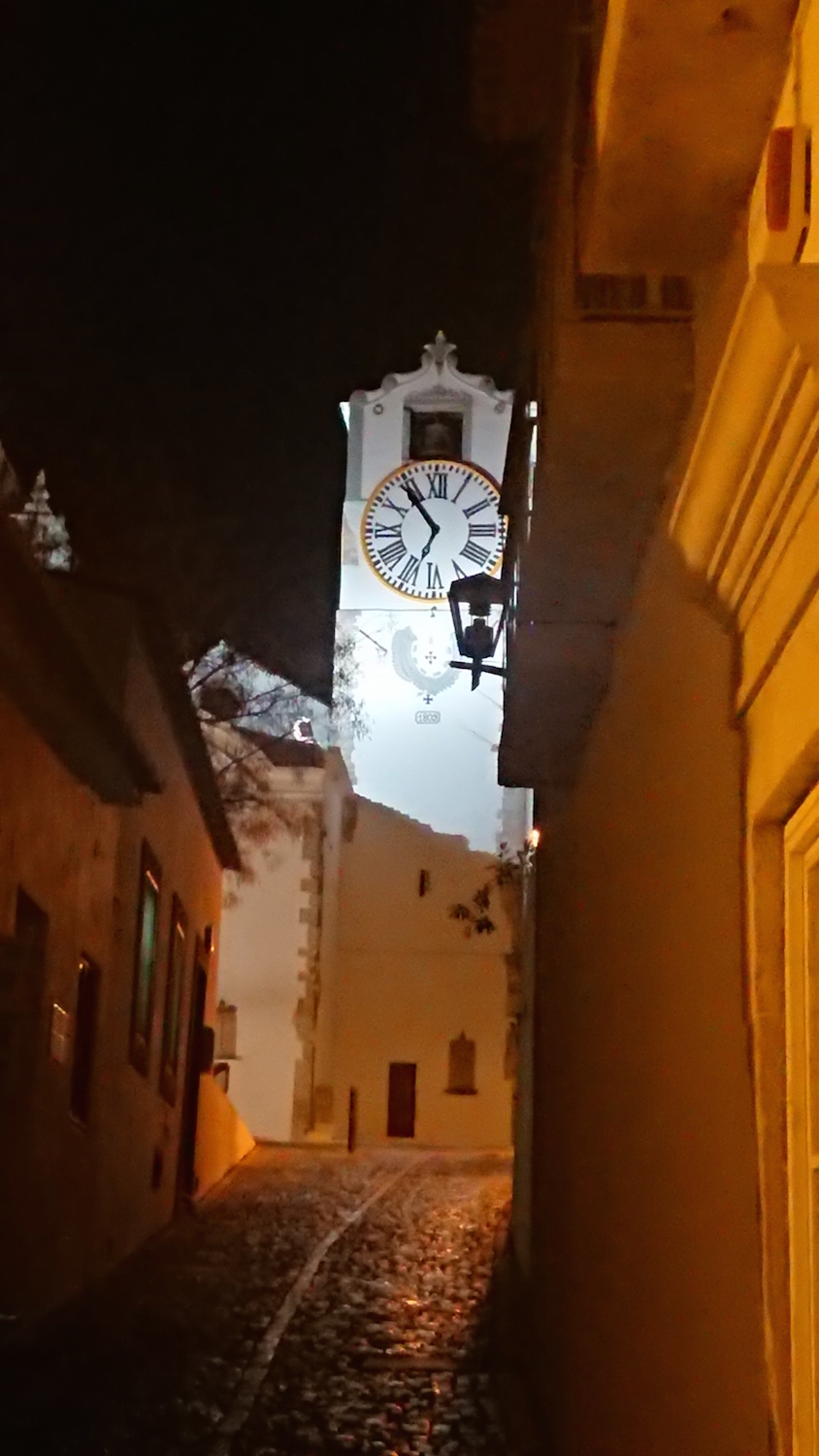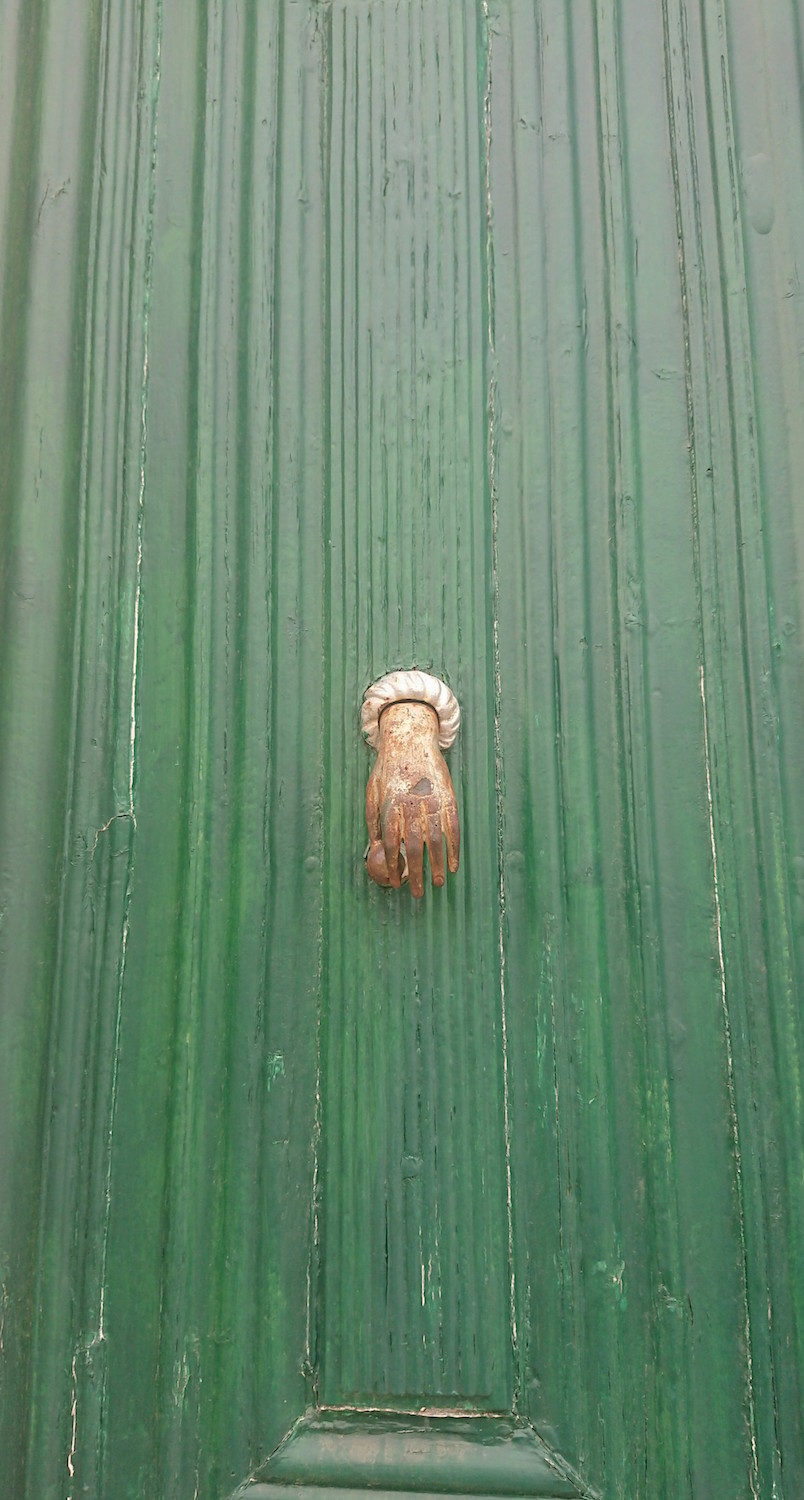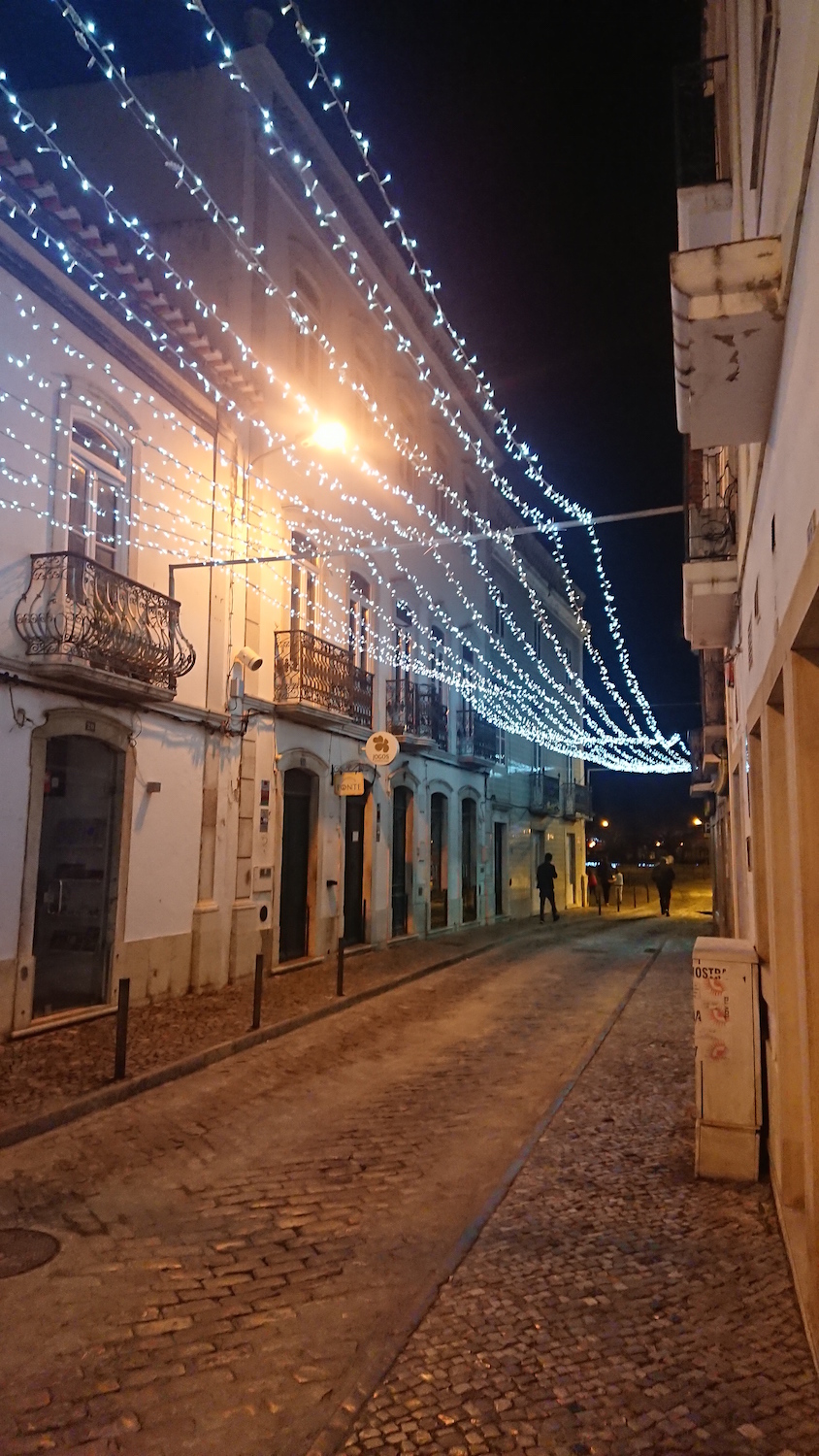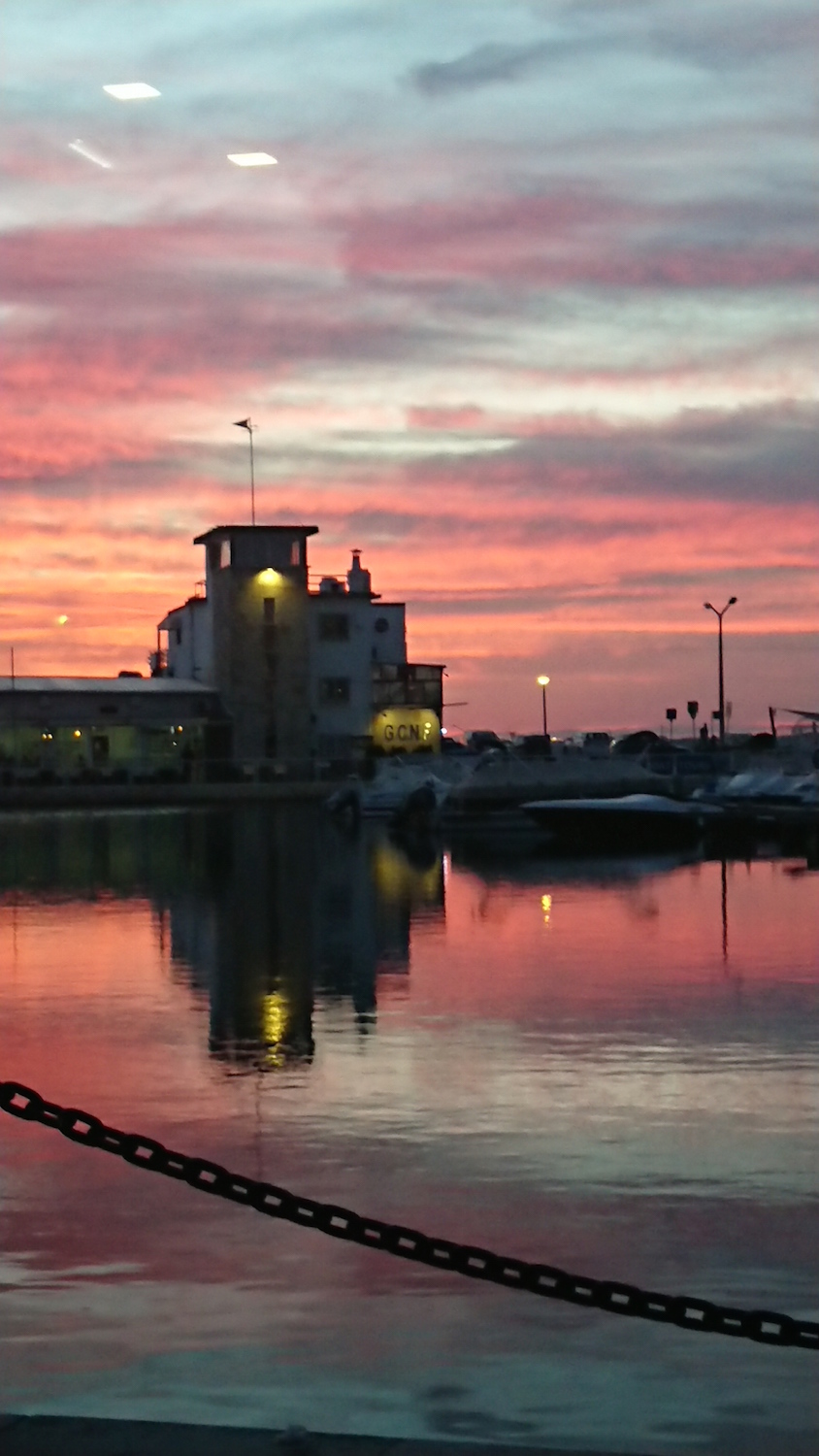A brief history of the Algarve
The south coast of Portugal was settled in different periods by people from the Mediterranean such as the Phoenicians, Greeks, Carthaginians, Romans and Moors. The Phoenicians were the first to establish trading posts along the coast around 1200 BC.
The Moorish rule in the Algarve lasted for more than 500 years (711-1250) and has left relevant influences. The Moors introduced many new plants and trees to the Algarve, such as almond trees, carob trees, fig trees, pomegranates and the first orange trees. The Arabs also gave the Algarve its name: Al-Gharb(meaning: the west), as it was the westernmost possession of their empire. When the Califate of Cordoba, to which the Algarve belonged, fell in the 11th century, the Algarve became an independent Moorish Kingdom with Silves as its capital.
TThe colonisation of Brazil, especially the large quantities of gold and fine woods that were brought to Portugal in the 18th century,
influenced the development of the Portuguese Baroque art, which is characterized by gilt carved wood that you can see in almost every church in the Algarve. The best example is the Santo António church in Lagos.
From 1595 until the beginning of the 19th century, the Algarve was a semi-autonomous region within Portugal.
The greatest disaster in Algarve history happened on 1st November 1755 when a tremendous earthquake destroyed countless buildings and killed many people. Many villages near the beach were affected by the subsequent tsunami, except for Faro (which had protection from the sandy banks of Ria Formosa). As a consequence, the capital of the Algarve changed from Lagos to Faro after the earthquake. Excerpts of text from: http://www.algarvetips.com/algarve/history/
Music and Food

